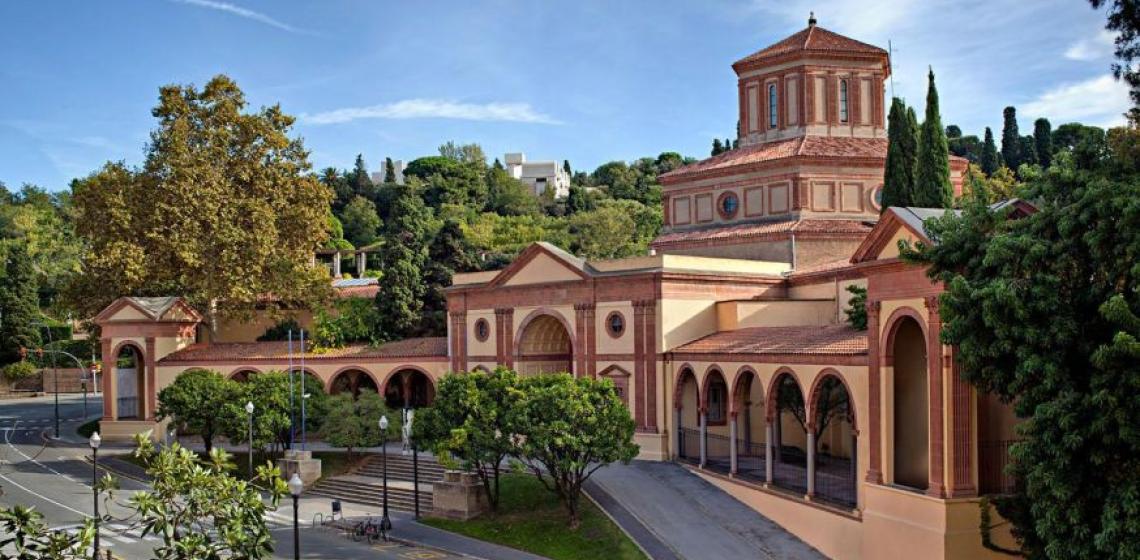Museu d’Arqueologia de Catalunya (ES)

The Museu d’Arqueologia de Catalunya (MAC) is an essential national museum facility where history comes to life and time becomes a fascinating adventure. The museum integrates five archaeological centres that can be visited throughout the country: in Barcelona, Girona, Empúries, Olèrdola and Ullastret, Cultural asset of national interest (BCIN). In addition, the MAC also manages the Centre for Underwater Archaeology of Catalonia (CASC), based in Girona, the National Archaeological Repositories, located in Cervera, and the "Iberia Graeca" Research Centre, based in L'Escala. In 2009 the museum also promoted the creation of the Network of Museums and Sites of Catalonia, the Arqueoxarxa, which currently brings together twelve archaeological museums from all over the country.
A national reference centre in the research, conservation and dissemination of Catalan archaeological heritage, the MAC offers its visitors a rich and unique range of museum and cultural services and experiences, including visits to museums, open-air museums and sites throughout the country, as well as an extensive and varied programme of temporary exhibitions and complementary cultural and educational activities, which are constantly being renewed throughout the year. And all of this with a single objective: that its visitors can live intense and enriching experiences of learning, emotion and enjoyment, and, in this way, can begin or renew an intense and lasting love affair with culture and heritage.
Within the framework of the strategy developed by the MAC concerning research, training and dissemination, it carries out various actions that have the use of experimental archaeology as a common link. On the one hand, it leads and develops an extensive activity in the framework of research projects on techno-functional issues of various prehistoric craft productions. In terms of dissemination, the Museum includes demonstrative and participatory activities in its educational offer, in which experience plays an essential role. Finally, it incorporates graphic and audiovisual material into its museographic productions, in which the experimental reproduction of techno-functional processes is essential for the dissemination of the exhibition message.
As part of this strategy, the MAC has been developing experimental archaeology seminars since 2020. These seminars go beyond their realisation, as they have a programme of related actions that give them greater visibility, such as information on the networks, YouTube capsules of the talks and the preparation of an open digital academic publication of the communications: Arqueodebats. This publication responds to the need to disseminate among the specialised and general public the seminars, congresses, courses and conferences held at the different MAC venues.
